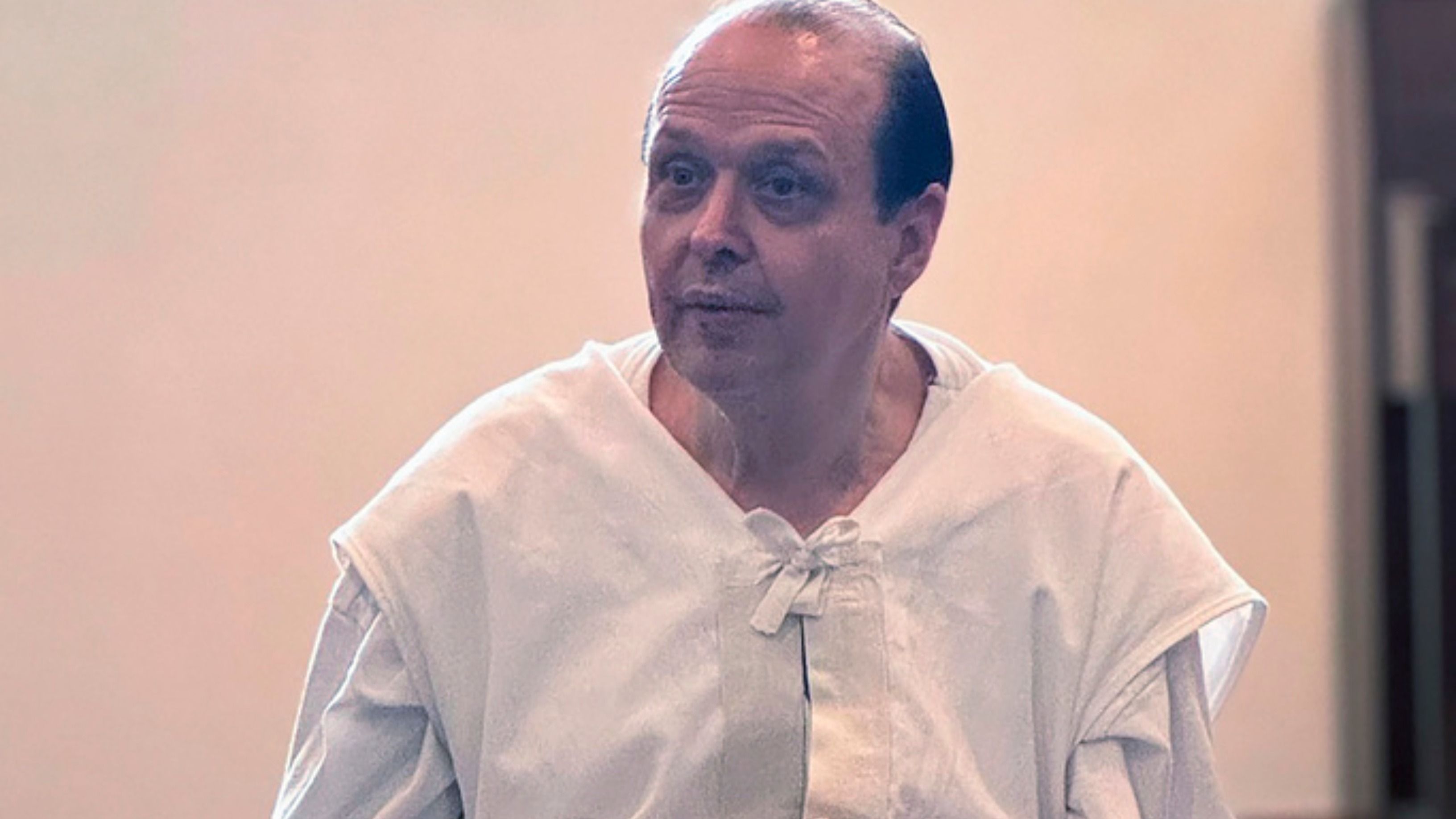Houston: A Texas man is set to be executed this week for the death of his 2-year-old daughter in a case that has sparked widespread debate over the diagnosis of shaken baby syndrome. Robert Roberson, 57, is scheduled to receive a lethal injection on Thursday for the 2002 death of his daughter, Nikki Curtis, who prosecutors say was shaken so violently that she died from severe head injuries.
Roberson has always maintained his innocence. His lawyers, along with a group of Texas lawmakers and medical experts, argue that the conviction was based on outdated and flawed scientific evidence. They claim that new findings show Nikki died from complications of severe pneumonia, not from injuries inflicted by her father.
However, prosecutors insist that the new evidence does not undermine their case. They maintain that Nikki’s death was the result of abuse, citing the severe brain swelling, bleeding in her brain, and bruises found on her body when she was taken to the hospital. Court documents reveal that doctors and nurses immediately suspected abuse based on her injuries.
What is shaken baby syndrome?
The diagnosis refers to a serious brain injury caused when a child’s head is injured through shaking or some other violent impact, like being slammed against a wall or thrown on the floor, usually by an adult caregiver, said Dr. Suzanne Haney, a child abuse pediatrician and member of the American Academy of Pediatrics Council on Child Abuse and Neglect.
The term was changed in 2009 to abusive head trauma, a more inclusive diagnosis, Haney said.
There are about 1,300 reported cases of shaken baby syndrome/abusive head trauma in the U.S. each year, according to the National Center on Shaken Baby Syndrome.
Debate over Shaken Baby Syndrome
The case has reignited a long-standing debate over the validity of shaken baby syndrome, a diagnosis that some argue has led to wrongful convictions. Critics, including Roberson’s attorneys and several medical professionals, believe the diagnosis is flawed and say it is not as scientifically reliable as once thought.
Roberson’s defence team also argues that his unusual behavior in the hospital at the time was misinterpreted. They claim that his “flat” demeanor, which authorities took as a sign of guilt, was actually a symptom of undiagnosed autism, which was only confirmed in 2018.
Despite these claims, prosecutors and many in the medical community continue to stand by the shaken baby diagnosis. They argue that it remains the leading cause of fatal head injuries in children under the age of two.
Roberson’s advocates have called for clemency, arguing that Nikki Curtis was a sickly toddler who suffered from double pneumonia and sepsis. They claim her condition was worsened by medicines now considered unsafe for children. But so far, their pleas have not stopped the scheduled execution, leaving Roberson’s fate uncertain as the debate over shaken baby syndrome continues.
(With Inputs from AP)
US to Execute Autistic Man Over ‘Shaken Baby’ Syndrome This Week: Know All About It world-news World News | Latest International News | Global World News | World News Today




